Fire resistant facade
Fire Protection Facades
Flame retardants are compounds that are added to some manufacturing materials such as plastics and fabrics.
They are either used as a coating or a surface coating
To delay or prevent the appearance of the flame
And thus prevent the spread of fire.
These materials may be mixed with the base material (additive flame suppressor) or chemically bonded to it (reactive flame suppressor).
Mineral flame prevention is usually found as an additive
Organic compounds halogen (organohalogen) and organic phosphorus (organophosphorus) can be additive or reactive.
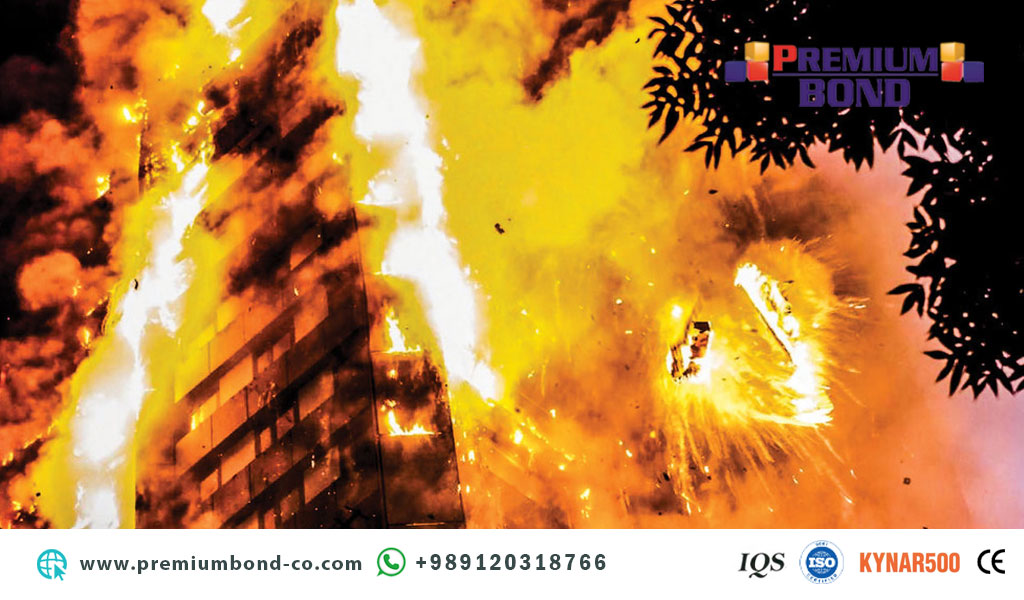
Fireproof properties:
Fire resistant facade or anti-burn properties have been very effective in the use of building materials.
This property makes the building facade fire, which plays a key role, not ignite the fire and suffocate it as much as possible. This technology is used in materials such as gypsum walls, sandwich panels, composites, UPVC, etc. Which are known as classes B3, B2 and B1.
Mineral precursors such as aluminum hydroxide (ATH), magnesium hydroxide (MDH), hantite and hydromanizite, various types of hydrate, red phosphorus and boron compounds, especially sodium metaborate.
Fire resistance means that it does not ignite as a result of a fire, and by emitting carbon dioxide fumes, it causes the fire to burn and suffocate, and this causes the material itself not to ignite and only due to heat. Change the shape of the fire. These products are made of environmentally friendly materials that show a very high resistance to fire heat and produce the least amount of gas during a fire during an accident.


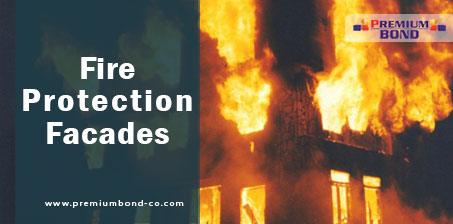

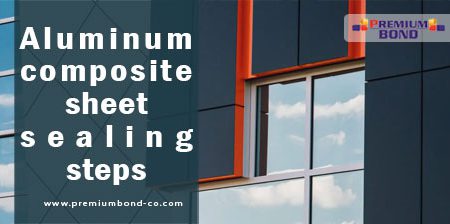
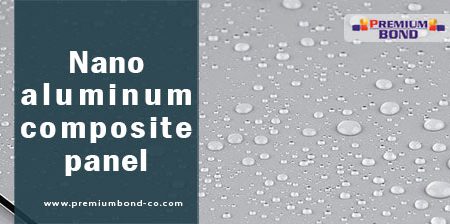
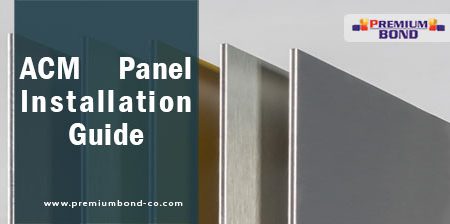
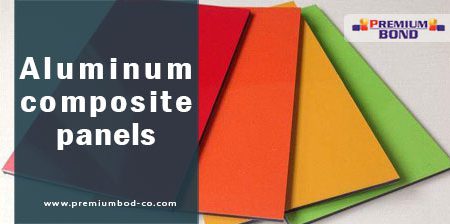
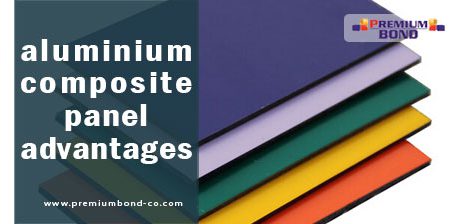
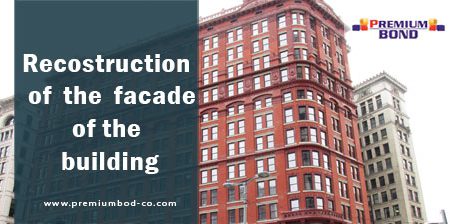
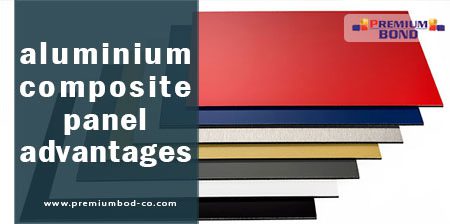
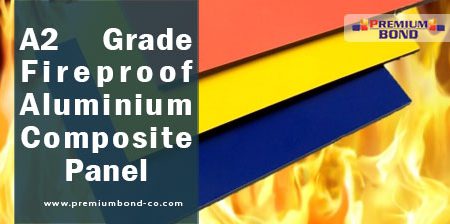
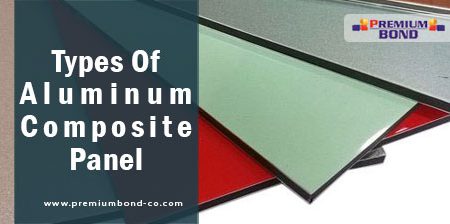
Leave a Reply